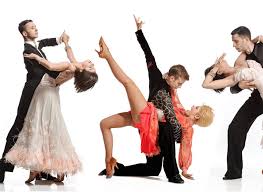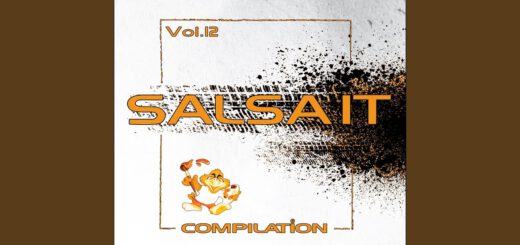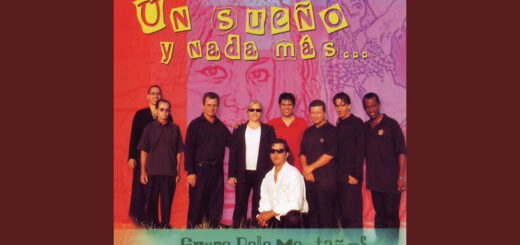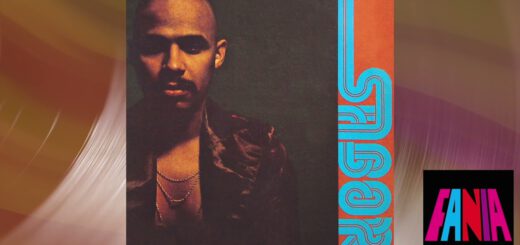Ballroom Dancing – A Brief History
When you think of Ballroom dancing, you generally think of flowing gowns and dark tuxedos. You also think of beautiful, willowy, women and tall, dark, handsome men waltzing their way around the dance floor. However, ballroom dance is not just the Waltz, it is a lot more. From the elegant and stately waltz, a hot, sultry and sexy Tango or Paso Doble, or a good bit of lively fun like the Fox Trot, Jive or Quick Step, ballroom dancing is all of these.
Technically, ballroom dancing is defined as « Any of various, usually social dances in which couples perform set moves ». However, the word « ball » (not the child’s toy) comes from the Latin « ballare » meaning to dance and forms the base for the word ballroom (a room for dancing), ballet (a dance), and ballerina (a dancer).
Ballroom dancing was very popular among the gentry (or upper class) of England, in the late 18th and early 19th centuries and didn’t really catch on with the working class until the late 19th and early 20th century.
It wasn’t until the early 1920’s that competitive ballroom dancing began gaining popularity. As a result, the Imperial Society of Teachers of Dancing (formerly known as The Imperial Society of Dance Teachers) formed a Ballroom Branch whose function was to standardize the ballroom dances.
Today, modern ballroom dancing revolves around five dances comprising: the Modern Waltz; the Viennese Waltz; the Slow Foxtrot; Tango; and the Quickstep.
Latin American ballroom is short for Latin and American – not a reference to Latin countries and its dances are the Samba; Rumba; Paso Doble; Cha-Cha; and the Jive.
The modern ballroom dances all involve a couple dancing in a closed hold and vary in tempo (beats per minute) and rhythm (structure). A closed hold involves 5 bodily points of contact between the couple. Three of these points involve the hands, the males left hand holding the females right, the females left hand on top of the males right upper arm (for the Tango the females hand would go behind his arm) and the males right hand on the females back resting on her left shoulder blade. The other two points of contact are the females left elbow resting on the males right elbow and the right side of the females chest touching the right side of the males chest. This dance posture provides a very elegant look as the couple floats across the dance floor and has its origins in the European royal courts.
There is some conjecture that the right side-to-right side contact of the closed hold may have originated from a time when men danced while wearing their swords, which were hung on their left sides. Additionally, this theory would also explain the counter clockwise movement around the dance floor as the man would’ve stood on the inside of the circle so he wouldn’t inadvertently hit any of the people watching the dancers with his sword as he danced past.
The dancing posture for Latin American ballroom varies from dance to dance with some dances using the closed hold and others where the partners hold each other with only one hand.
Both Modern Ballroom and Latin American Ballroom has been standardized for teaching purposes and has a set, internationally recognized vocabulary, technique, rhythm and tempo.
























